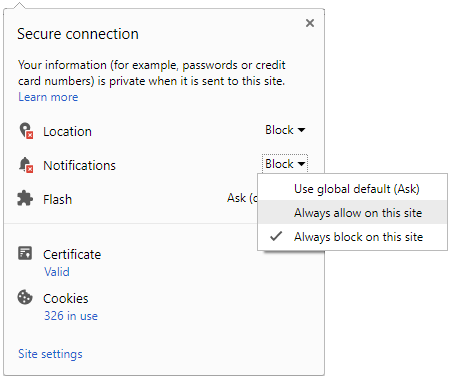
New form of El Nino may increase chances of hurricanes making landfall
Washington, July 3 (ANI): A study by climatologists at the Georgia Institute of Technology suggests that a new form of El Nino may be changing potentially causing not only a greater number of hurricanes than in average years, but also a greater chance of hurricanes making landfall.
"Normally, El Nino results in diminished hurricanes in the Atlantic, but this new type is resulting in a greater number of hurricanes with greater frequency and more potential to make landfall," said Peter Webster, professor at Georgia Tech's School of Earth and Atmospheric Sciences.
That's because this new type of El Nino, known as El Nino Modoki (from the Japanese meaning "similar, but different"), forms in the Central Pacific, rather than the Eastern Pacific as the typical El Nino event does.
Warming in the Central Pacific is associated with a higher storm frequency and a greater potential for making landfall along the Gulf coast and the coast of Central America.
Even though the oceanic circulation pattern of warm water known as El Nino forms in the Pacific, it affects the circulation patterns across the globe, changing the number of hurricanes in the Atlantic.
This regular type of El Nino is more difficult to forecast, with predictions of the December circulation pattern not coming until May.
At first glance, that may seem like plenty of time.
However, the summer before El Nino occurs, the storm patterns change, meaning that predictions of El Nino come only one month before the start of hurricane season in June. But El Nino Modoki follows a different prediction pattern.
"This new type of El Nino is more predictable," said Webster. "We're not sure why, but this could mean that we get greater warning of hurricanes, probably by a number of months," he added.
As to why the form of El Nino is changing to El Nino Modoki, that's not entirely clear yet, said Webster.
"This could be part of a natural oscillation of El Nino," he said. "Or it could be El Nino's response to a warming atmosphere. There are hints that the trade winds of the Pacific have become weaker with time and this may lead to the warming occurring further to the west. We need more data before we know for sure," he added. (ANI)


 Click it and Unblock the Notifications
Click it and Unblock the Notifications


































